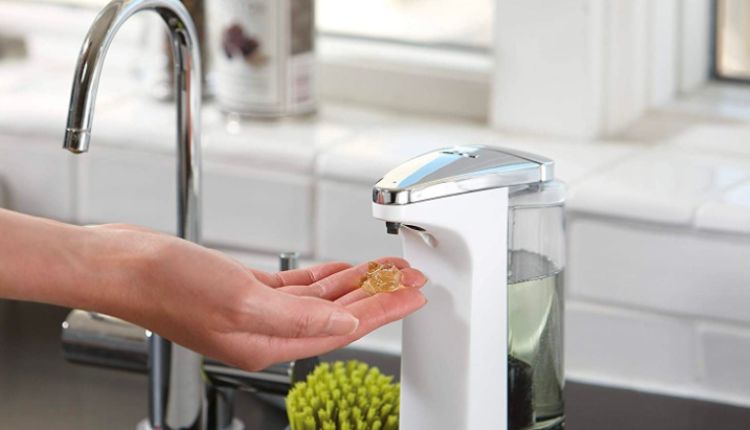Foam soap dispensers can be found in many public and business restrooms. These dispensers use a special pump that injects air into the soap to create an airy foam. The soap is more effective at killing germs and requires less water than regular liquid hand soap. The diluted form of soap also saves money for consumers and manufacturers, and less soap ends up in the environment when it is flushed down the drain.
Dispenser Mechanism
Foam soap dispensers are becoming increasingly common in public and business restrooms. These specialized dispensers are designed to produce an airy foam that helps scrub hands clean easily. They work by pushing air into the dispensing chamber when pressure is applied. However, they cannot be used with regular soap because it would not pump through the device. Foamy soap also requires less water to lather, and therefore uses less soap per hand wash. This reduces the amount of packaging and waste, and it is more environmentally friendly.
To use a Foaming soap dispenser, fill the container with liquid soap up to the soap line imprinted on the outside of the bottle. Then, add tap water until it reaches the second soap line. Once you have mixed the soap and water, push down on the unique non-aerosol pumping mechanism to dispense foam soap. The dispenser can be wall mounted or positioned on a mobile stand. It is important to keep the soap dispenser properly stocked to avoid running out.
Dispenser Material
A foam soap dispenser is a good choice for public restrooms, as it can help prevent the spread of germs. It can also save on soap costs by allowing users to dispense only the amount they need for one hand wash. Its automatic operation eliminates the need for physical contact, making it hygienic and convenient. Soap dispensers are made from glass, plastic, melamine, resin, ceramic, and stainless steel. Choosing a dispenser material is partly a matter of aesthetics, but it’s important to choose a durable bottle that will hold up well to frequent use. It’s also a good idea to get a large dispenser, as it will hold more soap than a smaller one.
Fill your jar about two-thirds to three-fourths full of water, leaving space for the other ingredients. Then, add 2 tablespoons of castile soap. This is a non-toxic, biodegradable soap that’s ideal for foaming hand soap. It’s free of synthetic ingredients and animal fats, which is a plus for environmental stewardship.
Dispenser Design
Unlike regular soap dispensers, foaming soap dispensers use a special design to aerate the dispensed soap and give it its bubbly texture. The aerated soap is less likely to block drains and requires less water for hand washing, making it a more environmentally friendly product. Foaming soap also uses less packaging and is cheaper than liquid soap. There are many different types of foaming soap dispensers on the market, but they all work the same way. The pump is designed to pump air into the watery soap and produce a bubble-like discharge. The same process can be done with a standard soap dispenser, but it won’t work because of the much thicker consistency of regular soap.
When Americans were asked what improvements they would like to see in public restrooms, one of the top responses was better-stocked soap dispensers. Most people admit that it is frustrating to wash their hands in restrooms where the dispensers are empty or jammed.
Dispenser Pump
Foaming soap dispensers have a special pump that mixes air with liquid soap to create an airy foam. They are often found in public restrooms. Many people report that they prefer washing their hands with foamy soap because it is easier to rinse away. Foaming soap also saves water. Studies show that people use 15% less water to wash their hands when using foaming soap. Foamy soap has an advantage over regular liquid soap: it requires fewer chemicals, less packaging material, and uses less water. It is also cheaper to buy and store. Foam soap is also safer for the environment, as it does not clog drains or require frequent cleaning with harsh detergents.
To make your own DIY foaming hand soap dispenser, simply fill a Mason jar with two-thirds to three-fourths water. You should leave space to add other ingredients, such as essential oils. You can also add carrier oils, such as jojoba oil, to make the soap moisturizing.
The Bottom Lines
A foaming soap dispenser discharges soap as a lather. It is often used in institutions and public areas to help people wash their hands better. It mechanically decreases the microbe count on your skin while allowing you to wash off with less water.

